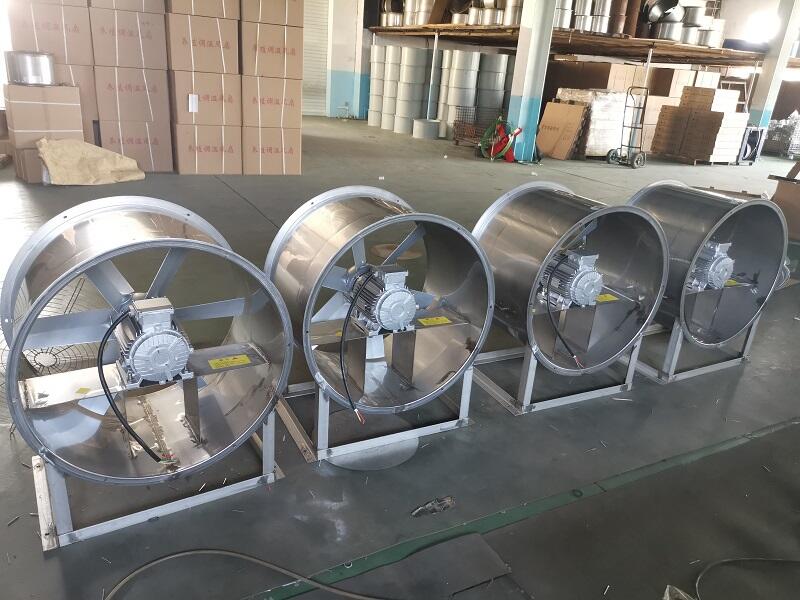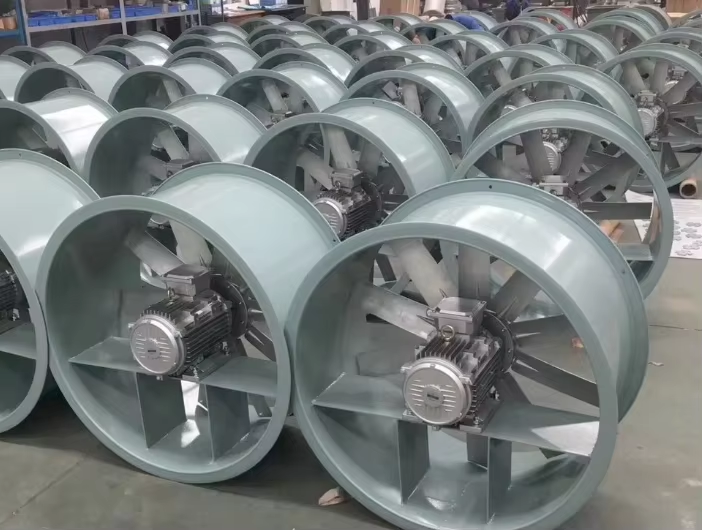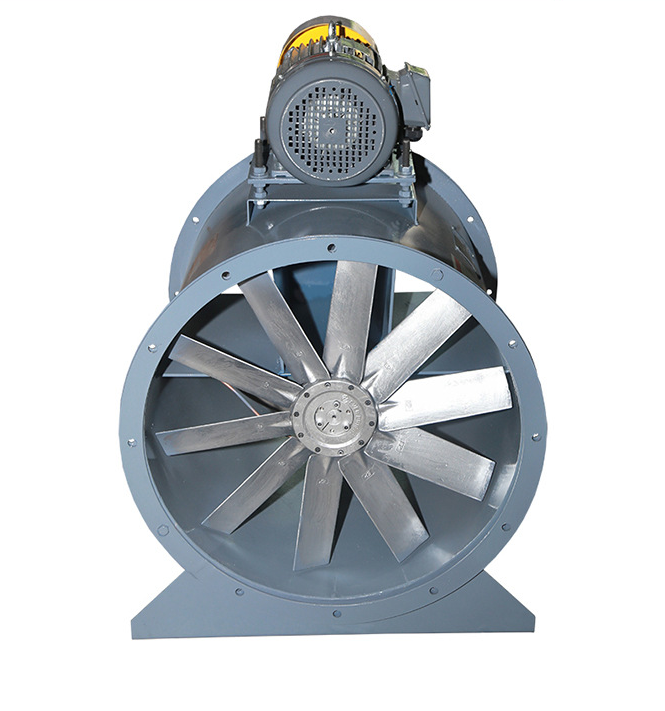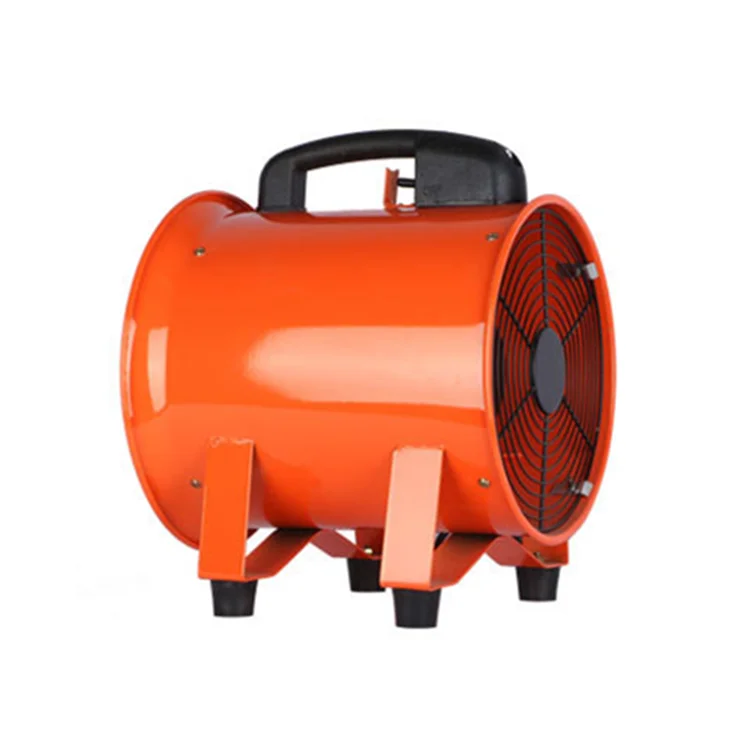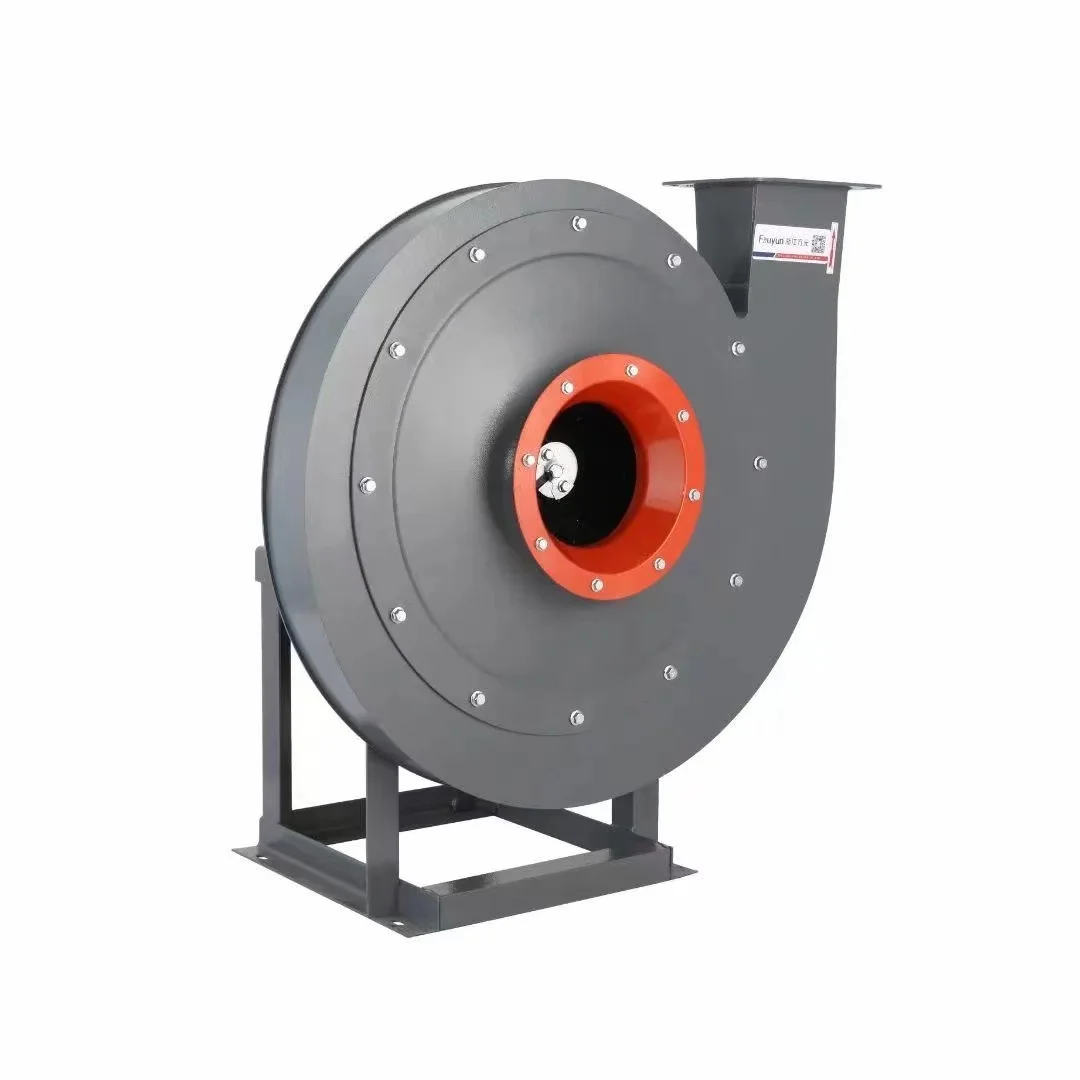- Overview
- Recommended Products
An axial flow fan is a mechanical device designed to move air or gases parallel to the shaft axis, using rotating blades to generate airflow. This type of fan is widely used in various industries due to its efficiency in handling large volumes of air at relatively low pressure differences. Below, I'll break down the key aspects of axial flow fans in a structured format, covering their definition, working principle, characteristics, applications, and additional insights. I've condensed the information into five main points for clarity and readability, while ensuring the content is informative and enriched with practical details.
An axial flow fan (also known as an axial fan) operates by drawing air in parallel to its rotating shaft and expelling it in the same direction, thanks to propeller-like blades mounted on a hub. This design contrasts with centrifugal fans, which move air perpendicular to the shaft. Axial fans are typically characterized by their simplicity, with components including blades, a motor, and a housing. They're ideal for applications requiring high airflow rates (measured in cubic feet per minute or CFM) without significant pressure buildup. For example, in basic terms, it's like a household ceiling fan that pushes air straight down, but industrial versions handle larger scales.
